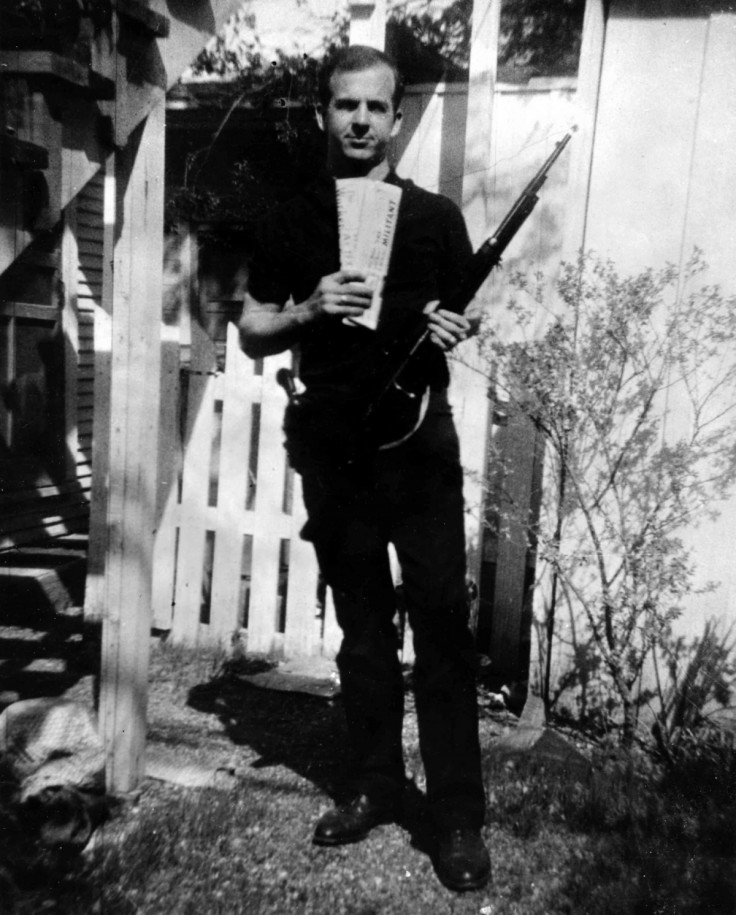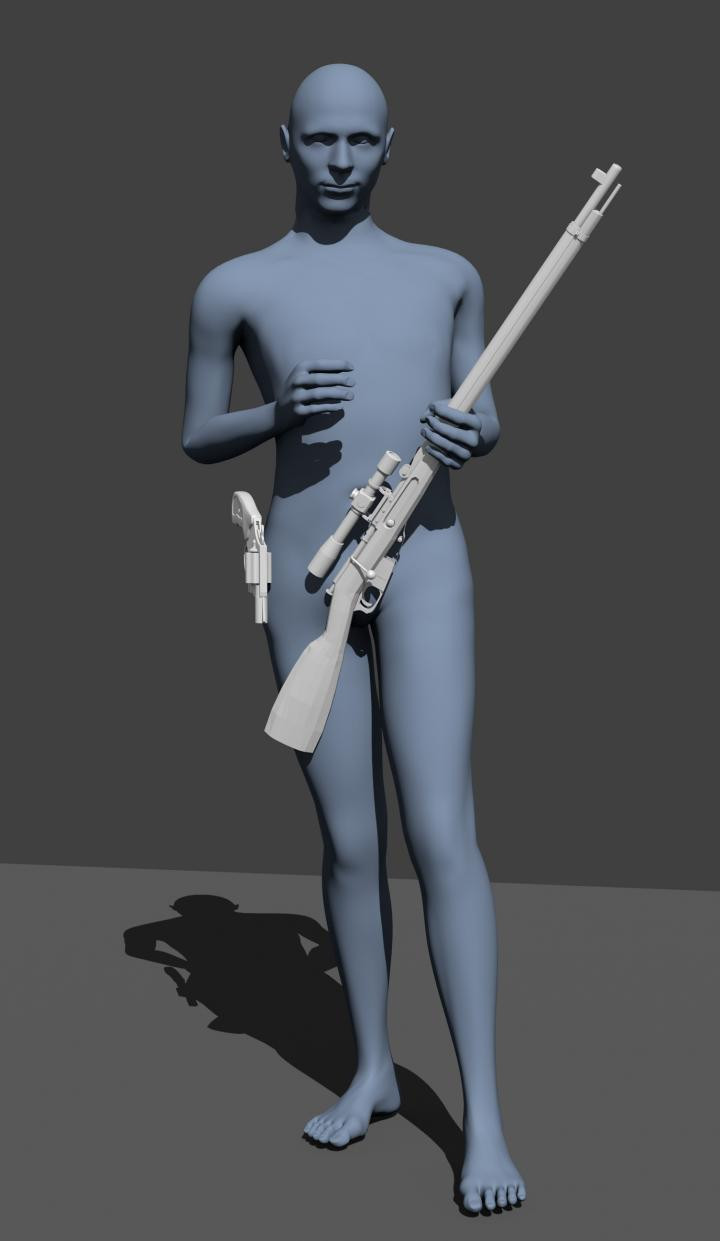JFK conspiracy: Controversial photograph of Lee Harvey Oswald holding rifle deemed 'authentic'

The infamous photograph showing Lee Harvey Oswald in his back garden holding the same make of rifle that was used to kill US President John F Kennedy has been declared authentic. Shortly after he assassinated the 35<sup>th president of the USA – and shortly before he himself was killed – Oswald claimed that the photograph of him in his back yard, holding a rifle along with two Marxist newspapers and a pistol holster, was a product of forgery.


However, research from Dartmouth College, which used a new digital image forensics technique and a 3-D model of Oswald, has revealed that it was in fact authentic. "Our detailed analysis of Oswald's pose, the lighting and shadows and the rifle in his hands refutes the argument of photo tampering," says senior author Hany Farid, a professor of computer science and a pioneering researcher in digital forensics.
Due to the fact that Oswald was killed before he was properly trialled and the denial of the authenticity of the photograph, many conspiracy theorists have argued that the image was part of an inside job to have JFK killed. It was believed by some that Oswald was standing in an unnatural pose and that the shadows in the image are inconsistent with his body. A previous study in 2010 confirmed that his shadows were genuine.
This knowledge was then coupled with the next stage of the analysis to prove that Oswald was not off balance. Farid and co designed a physiologically plausible 3-D model of Oswald and posed it in exactly the same way as the real person in the image. They then performed a balance analysis on the model by giving each part of the model the appropriate mass in relation to Oswald. This showed that although it may look like he is off balance in the picture, his stance was stable, according to the study published in Journal of Digital Forensics, Security and Law.
"Our analysis refutes purported evidence of manipulation in the Oswald photo, but more generally we believe that the type of detailed 3-D modelling performed here can be a powerful forensic tool in reasoning about the physical plausibility of an image," Farid says. "With a simple adjustment to the height and weight, the 3-D human model that we created can be used to forensically analyse the pose, stability and shadows in any image of people."
© Copyright IBTimes 2025. All rights reserved.






















